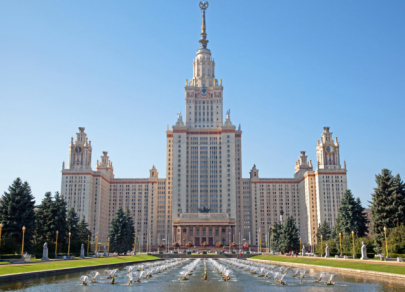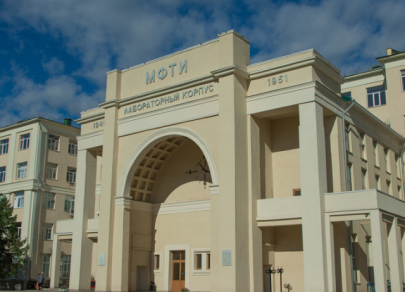FX.co ★ Three Russian universities make it to Three University Missions ranking
Three Russian universities make it to Three University Missions ranking
Lomonosov Moscow State University
Lomonosov Moscow State University was ranked 21st. It is the first Russian university that was established in 1755 on the initiative of the outstanding scientist of the Enlightenment Mikhail Lomonosov. It is quite difficult to enter the university, but it is worth it. The requirements for applicants are high, but the quality of education guarantees successful promotion in the future. The rector of the University is appointed personally by the President of the country. Today, the university’s activity is mainly focused on applied sciences, including new materials, genetics, biomedicine, pharmaceuticals, cognitive sciences, ecology, and information technology.

St. Petersburg State University
The 40th place was given to St. Petersburg State University which is one of the most ancient educational institutions in Russia. It was established by decree of Emperor Peter the Great in 1724. Since then, thousands of outstanding scientists, public, state, and political figures as well as writers, artists, and musicians have studied and worked there. Notably, there are nine Nobel prize winners among them. Today, St. Petersburg State University teaches students according to its own educational standards that are higher than the federal ones. That is why graduates of the university are in great demand in the modern labor market.

Moscow Institute of Physics and Technology
Moscow Institute of Physics and Technology took 46th place. It is a legend among other physical and technological educational institutions. The institute is known for its education of high quality. This idea was introduced by its founders Peter Kapitsa, Nikolai Semyonov, and Lev Landau. At the moment, professors of the institute are doing their best to retain the high quality of education. The educational process at MIPT is based on the unique "system of Physics and Technology faculty" formulated by Peter Kapitsa in several key principles. They include the selection of the most talented students, attraction of the leading scientists to study them, individual approach to such students, and early involvement of students in real research work in the country’s best laboratories.






















